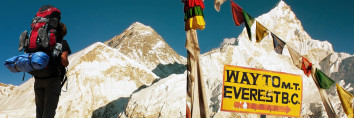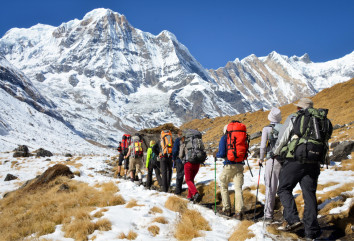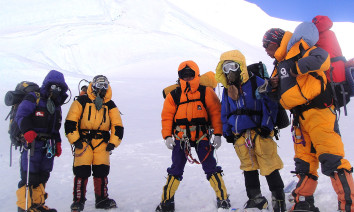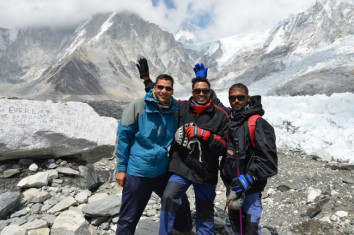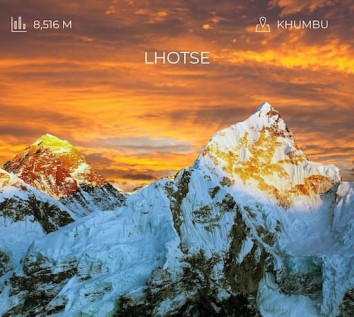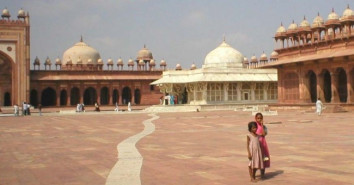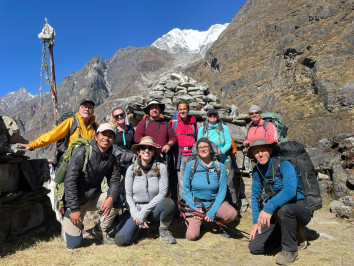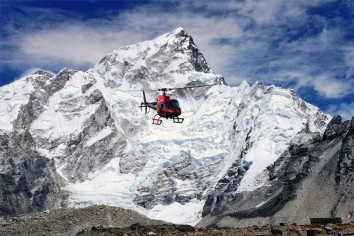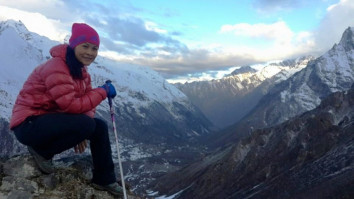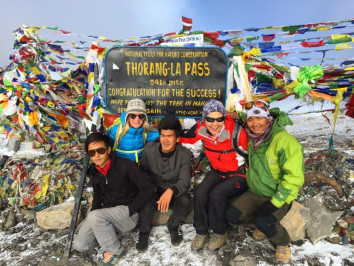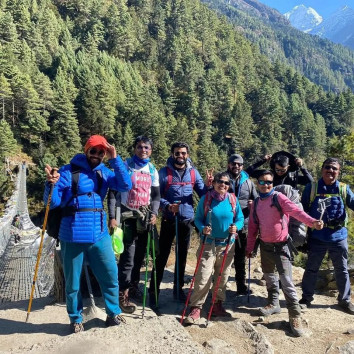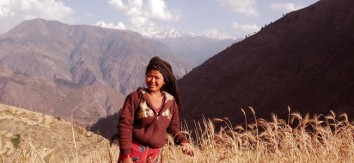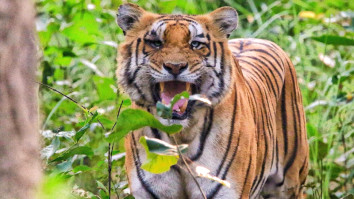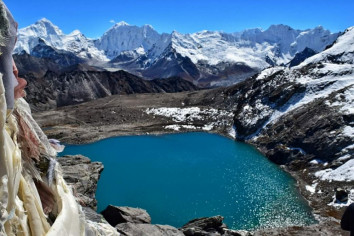4th Jan, 2024
What you Need to Know Before Plan for Trekking
Health and experience requirements
At Divine International, our treks are suitable for passionate walkers who have the ability to walk at least 6 to 8 hours a day with a light daypack. Walking in higher altitudes is more physically demanding than walking in the lower altitudes; however, if we are in excellent health with average physical fitness, have a positive attitude, self-confidence and strong determination, we can accomplish the trek successfully. Exercising and jogging regularly for some weeks prior to the trip is good idea to enhance our strength and stability. Past hiking experience would be an asset but generally no technical skill is required.
Table of Contents
Medical Condition
If you have special medical condition, it is good to check with your family doctor if you are fit enough to trek. If you are declared unfit to trek, we would advise you against trekking as it will not be worth taking the risk and most times evacuation can be costly. However, do not despair. There are many other ways to enjoy the spectacular views of the Himalayas without risking your health e.g. Mt Everest flights, ultra-light aircrafts, lounge out in Pokhara and watching the gorgeous sunrise from Sarangkot. Participants with pre-existing medical conditions such as heart, lung, and blood diseases should inform Divine International before booking the trek.
Travel Insurance
It is mandatory that all clients be insured for expenses that may incur due to medical issues or accidents (this includes evacuation by air ambulance, helicopter rescue, and treatment costs). Please note that Divine International do not arrange for insurance.
Acclimatization
Going up at higher altitudes too fast causes a medical condition serious enough to result in death. The higher the altitude, the less oxygen will be in the air. For example, at an altitude above of 5000m, there is 50% less oxygen than at sea level. Therefore, our body needs many days to adapt to an environment with less oxygen. Divine International’s itineraries generally allow sufficient time to acclimatize. So, for a safe trek, it is absolutely essential to allow sufficient time for acclimatization. Sensible planning is therefore required to minimize the risk of AMS (Acute Mountain Sickness). Divine International’s itineraries are designed to try to prevent AMS as much as possible. But it is important to remember that some visitors are more vulnerable than others.
Trek Grading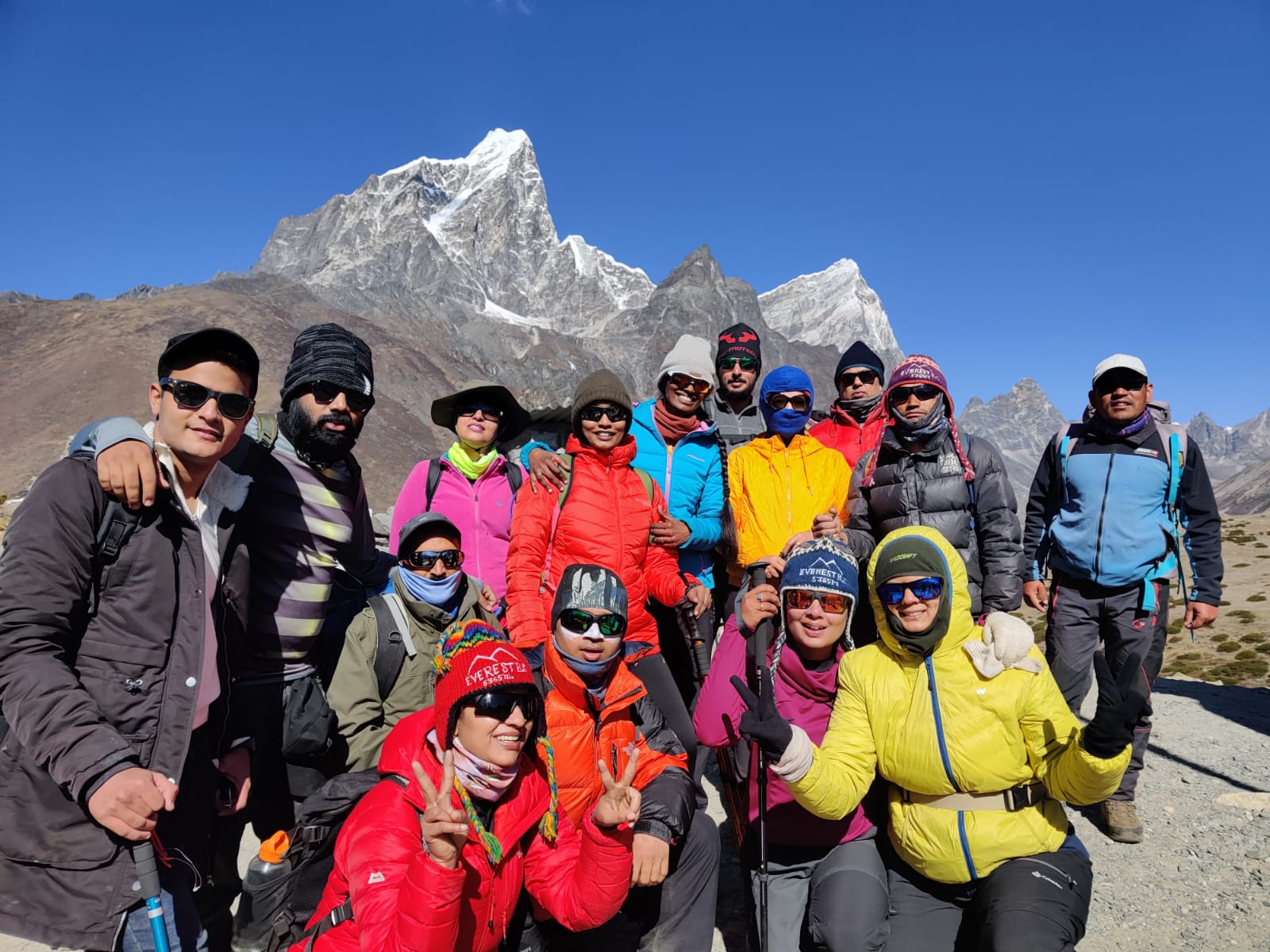
Grading is a term used for rating treks based on difficulty. According to Divine International Trekking standards and experience, treks are divided into four types- Easy, Moderate, Challenging. The challenge in terms of both technicality and geography increases as we move higher in that order. Thus, Easy and Moderate treks could be suitable for all while Challenging treks are meant only for those who already have a certain number of experiences in trekking. Furthermore, Grading will help you choose trekking and climbing that best suits your fitness level and experience. Please keep in mind that this is only a general guide. A variety of factors, including weather may add to the challenge.
Trekking arrangement
Trekking Crew
Trekking in Nepal is very comfortable as compared to other places. Each trek arrangement includes guides, porters and cooks who handles the logistical aspects of the trek. The most significant thing that makes our treks successful, enjoyable and memorable is the skilled, experienced, courteous and helpful trek leader and the crew members with ability of operating our days in the mountain smoothly. Our trek will be led by the best and most professional leaders.
Responsibilities of each crew member:
Chief guide: shows you the way and makes decisions with regards to safety and accommodation.
Assistant guide (8 pax onwards): assist the Chief guide to manage the trekkers’ needs. For bigger groups he usually helps out the slower member(s) in the team, book lodges or set up campsite ahead of arrival.
Porter: your porter carries your big backpack while you carry your small daypack. 1 porter handles 2 bags unless personal porter is requested and paid for in your booking.
Chef and assistants: they come only with camping treks to satisfy your tummies with their professional cooking skills.
Accommodation
Lodge:
Lodges are on twin sharing basis and mostly without heater. In the room, generally only bed is provided and some space for your belongings.
Camping:
You sleep in good quality tents which help keeps you from the cold. Sleeping bags with fleece inner liner are provided on both types of treks.
Lodge facilities Fireplace
Some of the lodges have a central fireplace where trekkers gather to keep warm and share snippets of their adventure.
Toilet
Toilets are mostly communal although there are rare few that has attached toilet. Generally there is a proper toilet squat and a pail of water which you can use. Few toilets have a toilet bowl and flush. You bring your own toilet paper.
Shower
Bathrooms are mostly communal although there are rare few that has attached bathroom. It can be in the lodge or a shed outside with dim lighting. There can be proper shower fitting or a basic tap and bucket system. It is always useful to bring your torchlight so you can see properly and manage your shower. A hook is useful to hang your bath kit or clothes.
Meals
Lodge
All your meals are provide by the lodge. Always order your meals after arriving and settling down at the lodge as it can take at least 30 minutes to prepare your meals. Pack your belongings and shower after your order is taken.
Breakfast: You get bread or pastry and hot beverage.
Lunch & Dinner: You get chicken meat at times when it is available. Mostly you can order soup, rice and vegetables including potato, lentil, egg, pancake, fried rice, fried noodles just to name a few.
Camping
The cooking team will come along only for camping treks and all meals will be cooked by them. You will be amazed what they can make out of the limited resources in the mountain! Food is never a problem with most trekkers – from children, adults to the seniors as the cooks can be creative with their menus and cuisines. A glimpse of what you may get: rice, noodle, egg, sardine, tuna, luncheon meat, cake, potato, range of vegetables, pancake, pasta, cookies, bread etc.
Drinking Water
Lodge
You buy drinking water from the lodge owner. It can be in a flask to be shared among your group or filling up your own individual water bottles. Charges can start from Rs100 onwards subject to location.
Camping
The cooking team will boil water during lunch and dinner daily for your consumption.
Trekking FAQ
What is the best season for trekking?
The best time for trekking is in the pre-monsoon springtime (March, April, May) and the post-monsoon fall (September, October, November). However, if you wish to avoid the crowd in these seasons and prioritize clear sky and view of the wide variety of flora and fauna we can make arrangements. However, winter (December, January, and February) is colder and in summer/monsoon (June, July, August) rain might be an issue
What kind of weather can I expect during trekking? How cold does it get?
Weather in the mountains is notoriously difficult to predict. Nights are generally colder than the days. Winter (December, January, February) will be colder but the days will be beautiful with clear sky. A bit of snowfall can be predicted in January, February and December. It is also important to make sure that you stay warm and dry in just about any weather conditions.
Average Temperatures in Nepal (in Degree Celsius)
Altitude Jan Feb Mar Apr May Sep Oct Nov Dec
Kathmandu 1300m 5-20 5-20 8-25 15-28 16-30 16-30 14-25 12-22 8-20
2000m 2-18 2-15 4-20 10-25 12-25 14-25 11-22 8-20 5-15
3000m 0-12 0-14 2-15 5-20 8-25 10-19 6-20 1-15 0-13
4000m -4-10 -5-10 -2-13 -1-15 0-16 1-17 0-12 -2-12 -4-10
5000m -7-5 -7-5 -5-7 -3-11 -1-12 -1-12 -3-10 -4-8 -5-6
The best time for trekking is in the pre-monsoon springtime (March, April, May) and the post-monsoon fall (September, October, November). However, if you wish to avoid the crowd in these seasons and prioritize clear sky and view of the wide variety of flora and fauna we can make arrangements. However, winter (December, January, February) is colder and in summer/monsoon (June, July, August) rain might be an issue.No, there is no age limit for Everest Base Camp trekking but, you need to be in good physical shape and have positive attitude. We also suggest you to prior to the excursion though we suggest you to please see your doctor and obtain necessary permission and advice, as well as medications for travelling in extreme altitude prior to the excursion.
Do I need to bring additional medicine for the trekking?
We suggest you to carry simple medicines for yourself such as Panadol, Strepsils, anti diarrhea tablets, medicated oil etc. Please also include medication specific to your own needs and on doctor’s advice.
What kind of clothes do we require for the trekking and is it possible to purchase it in Kathmandu before the start of the trip?
What you want to wear depends on you. A down jacket, thermal longs and top, comfortable trekking trousers, t-shirts, fleece, windproof jacket, hat, scarf, and5 gloves might be useful. There are numerous trekking shops in Thamel area of Kathmandu where you can get all of these items in both local and branded stores alike. However we strongly advise you to prepare all the necessary trekking apparel you need before trip as it concerns size and comfort. You can buy any additional items you need or accidentally forgot to bring at Thamel.
Do I need to bring any bags for trekking? If yes, what kind?
During trekking, you will be on a long journey for which you will need two bags to keep your belongings. A backpack/duffle bag and a day bag for personal items. While the duffle bag will be carried by the potters, you will have to carry a day bag on your own. A day bag is a small backpack that has enough room for everything you will need on a day hike such as water, extra clothing and perhaps a few personnel items like wallet, camera, battery chargers etc.
Do I need to bring any personal equipment like sleeping bags, down jackets, walking poles etc.?
Divine International will provide each trekker with a sleeping bag with fleece inner line (up to – 5 degrees). Trekking poles are not essential though and the walk is manageable without them. It is mostly a personal preference. You will probably find them useful especially on the way down. If you prefer to take the poles with you on the trekking then you can either bring your own pole or buy it from numerous options available in Kathmandu itself.
Can I take a suitcase?
You can bring a suitcase with you together with your backpack and day pack. You can leave it at a hotel in Kathmandu and bring along your backpack and daypack for the trekking. Your backpack must be less than 15kg. Remember, travelling light is much less of a hassle, so do not bring things you can do without.
Is it possible for me to store extra clothing that I will not need?
Yes, if you have a bag of extra clothing for when you return from the trekking, you will be able to store it at the hotel in Kathmandu.
What is the temperature limit of the sleeping bag provided by Divine International?
Minus 5 degrees.
What are the modes of carrying our gears?
Your backpack will be carried by porters. But the day bag, where you store personal stuffs will be carried by you.
What problems can arise on high altitude? What are the solutions?
It is possible to be stuck by AMS (Acute Mountain Sickness) which on high altitude above 3500m. To counter this symptom, drink lots of water, stay active and take proper meal while on trek.
What happens if I am no longer able to continue trekking? What happens if I need to leave early?
Our guides will make required efforts to obtain the necessary transportation and reservations to get you home as quickly as possible if for any reason you need to depart early. However, you will not be entitled to any refund for the services (such as: hotel, transport, flight, etc.) included in the package that you would not use later.
Are there any communication facilities available while we are on the mountain?
There are telephones (landlines) in most of the villages along the trekking routes from which you can make international calls. Mobile Phone services are available throughout Nepal and even on trek routes but the quality of the reception vary from location to location. Internet facilities can be found in only a few villages. However, these facilities can be expensive. Our guides will carry mobile phones which also can be used by you when/if necessary.
Will I be able to charge my batteries during trekking?
Power is limited in the lodge and is mainly used for lighting purpose. If you wish to charge any electronic devices such as camera and mobile, you may seek the guide’s help to check the charges with the lodge owner. Charges can start from Rs200 onwards per hour subject to location. Charging on camping treks is only possible at a nearby lodge if any.
Should I tip the trekking and tour crew?
Tips are not mandatory. However, if you wish to tip to show your gratitude, it will be welcomed. Tipping can be in Nepalese Rupees (Rs). Upon arrival in Kathmandu, you can change some amount for small tips to trekking crew, tour guide and driver, etc. The tip amount is entirely up to the client.
What is the main language spoken?
All Divine International chief guides and assistance guides can speak relatively good English and they try to understand your needs to their best ability. Porters may or not know English at all but they will be able to carry out their duties with instructions from the guide(s). You should communicate your needs to your guides.
Can I bring comfort food?
Yes, feel free to bring along snack bars or light canned food or biscuits for the trek, keeping in mind the weight of your bag. You can also buy some snacks in Thamel supermarkets on the first day of arrival.
Are there heaters in the lodge or room during trek?
No. However, you can request for extra blankets if you need.
Can I do laundry at the lodge?
Yes you can wash your clothes but it is not advisable to do so as drying will be difficult. And you move to different place each day, so it is not convenient to carry wet items with you.
Pace of Trek
On the average you trek 6-8 hours each day and break for lunch (8 to 14 km).
What do I need to pay on the trek?
You need to pay for
- boiled drinking water (from Rs100)
- hot water for wash up or shower (from Rs200)
- electricity for charging batteries (from Rs 200)
- Personal expenses eg. snacks and soft drinks (from Rs50)
How much money do I bring for trekking?
The amount varies for different trek routes and duration. Generally Rs100-300 should suffice.
Everest Region Trek
What type of plane is used for domestic flight to Lukla?
A typical twin otter plane flies from Kathmandu to Lukla. The flight presents you with a dramatic view of the Eastern Himalaya and one of the best photo opportunity in your trip.
What is the luggage weight for domestic flight to Lukla?
Check in bag is 15kg. Hand carry is 5kg.
Can domestic flights get cancelled or delayed?
Only Everest region treks require domestic flight to Lukla. Yes, domestic flights may get delayed or cancelled for any number of days due to unfavorable weather conditions. If the delay occurs at the start of your trip and disturbs your schedule, you are free to choose an alternative trip. But, if you are not interested in taking an alternative trip and wish to wait for the flights to resume instead, we will provide you accommodation and food in a guest house in Kathmandu. Hence, as long as you plan to stick to the original trip schedule we will be responsible for additional accommodation/ food. But, if you choose to change the dates of your trip and lengthen it then you will solely be responsible for your expenses.
Packing List
We have provided this information so you know what to expect when you sign up for a trip with us. It is important for you to keep in mind that you are trekking in relatively undeveloped Third World regions. In any adventure trip, there may be occasions of delay or change to itineraries, logistical breakdowns, or due bad weather which would result in various inconveniences to participants. Occasionally, things that happen may require changes to be made. In such instances we will do our best to minimise the impact any inconveniences may have on you.
Also, remember that you are traveling to a foreign country that has a different lifestyle, culture and customs. Do set your expectations right and embrace this difference with an open-mind. Do keep a traveler’s integrity and have a good sense of humour. In doing so, you will then be able to truly appreciate the journey and the adventure that comes along with it.
Divine provides you with the perfect vacation with your family and children with some of the most fantastic adventures you can do together as a family. For a parent, it is both exciting and refreshing to take up a family trek or adventure in Nepal. We all know that it is important for a child to explore beyond their home and usual surroundings and get a glimpse of the real world.
Trekking in Nepal provides a fantastic opportunity to visit and trek with your children where they will encounter many different villages and tribes. They will come across different cultures, languages, landscapes, ways of life in the mountains and perhaps make new friends along the trek.
Walk in the valley, cross the hanging bridge, brush shoulders with donkeys carrying goods or simply stay in the alpine regions of the Nepalese Himalaya. You will be surprised how a conversation begins and never stops as you explain the cultural diversity and point to the various mountains or peaks along the trek.
Things are definitely different out there but with good preparation, it is certainly possible to have what you wish for your vacation and manage the family well!
Nepal as an Adventure Destination for Family with Children
Travelling in Nepal will have you explore the hidden treasures of the Himalayan valley from the terai low land to the top of the world standing in awe of even a remote glimpse of Mt Everest at 8848m. Where exotic temples and majestic monuments combine with traditional rural villages, the contrast of the mountains and bustling cosmopolitan, the harmony of wildlife reserves and jungle exploration – Nepal presents a myriad of top class experiences.
A family adventure trip with children in Nepal is pure excitement. Meet the people of Nepal and experience a world that was once a kingdom. Explore some of the most famous heritage sites and luxuriate in the overnight safari trip to Chitwan National Park. Enjoy the wildlife and sanctuary or learn a skill to make the traditional crafts of Nepal. Leave the world behind you while you paraglide in Pokhara. Take the Mount Everest flight and be up close and personal with the world’s tallest mountain. Raft admist the Himalayan glacier turned into whitewater and get yourselves wet! What more can we say about family fun besides trekking some of the best trails in the world?
As itineraries are pre-planned with the utmost thoughtfulness, you can be assured of great flexibility and plenty of time to bond as a family to have a blast of a holiday. Trekking with us you’ll have your own guide and porter. On a camping trek, we provide you with tent (more exactly your tent, plus a dining tent, and a toilet tent, clean sleeping bag) and a cook. Your gear will be carried by your porter so you basically walk hands free with only a day-pack. All our guides are local and highly experienced locals as are our support crews. This type of travel makes it a very pleasant experience for you as our local guides and crew will enable you to visit village homes and interact with the rural Nepalese, a great advantage as this type of access you would never have on your own.
All you need to do is to pack the right things and leave the rest to us!
Tips for a Trek or Adventure for Family with Children
Routes: We do not advise to take a young child to anywhere above 4000m due to the risk of AMS. Our family trips consist of options where you can have camping fun with home cooked meals or tea houses with toilets. We also ensure easy access for evacuation or medical services.
Pace: Your trek will be paced according to the age and ability of your youngest child or the eldest senior in your group especially for extended family. All the walking should end by late afternoon so you have lots of time to settle down, have a hot tea, play or photograph the beautiful sceneries.
Health: Health is an important element to the success of a family trip in Nepal. Our guides and staff are friendly locals and mostly parents themselves. They understand the special needs of your little ones and will help see to their needs in diet, bathing, and toilet and make sure everyone drink lots of water! (No worry, they will help to make or find toilets for you anywhere!)
Safety: Depending on the age of your child, we make special manpower arrangement accordingly. Nepal is a relatively safe place and Nepalese are extremely hospitable people. In a trek, we do not venture anywhere that is remote or dangerous. They are all well-trodden path with walking trails and most of the time, you meet like-minded trekkers or families along the way to share stories with!
Some recommended routes suitable for family with children:
Short easy treks (1 -2 days) around Kathmandu Valley
* Namobuddha Trek
* Shivapuri Trek
* Dhulikhel Trek
* Nagarjun Trek
Short easy treks (2 -4 days) around Pokhara
* Naudanda Sarangkot Trek
* GhandungDampus Trek
* Panchase Trek
Traditional Treks ( 5 days onwards)
* GhorepaniPoonhill Trek
* Australian Camp Trek
* Jomsom Muktinath Trek
* Annapurna Base Camp Trek
* Everest Panorama Trek
* Langtang Trek
* Helembu Trek
We will recommend the most suitable trek for your family in consideration of the members’ age, interest and fitness capability. Although you will be spoilt for choice in the trek options available, you need not worry about missing anything out because you are likely to return again once you have your first taste of trekking in Nepal!
Call us at +977 9851012358 for a friendly chat or email us for a trek proposal and cost. It is really as easy as it can get.
1) Please note that this is ONLY a general guideline on what to prepare for a typical trek.
2) Participants should exercise their own discretion on their personal needs and prepare accordingly.
3) It is possible to buy cheaper trekking wear and gears in Thamel on you arrival day in Kathmandu. However if this is your first trekking trip to Nepal, we strongly advise that you get everything ready in your home country so you will not be surprised by lack of items, size, colour etc. You can check out the shops upon your return to Kathmandu and buy the trekking items for subsequent trekking or adventure trips.
4) Each trekker’s backpack should weight around 15kg based on weight limit of porter age service.
Documents
1. International passport with 6 months validity
2. Nepal Visa: 1 passport size photo, visa fee in USD
3. Nepal Trek Permit: 3 passport size photos
4. Insurance Certificate Policy number and SOS contact number
5. Vaccination (according to your doctor’s recommendation)
6. Optional: Medical history record, if you have major illness treated before
Apparel
1. Thermal wear (long sleeves top and bottom)
2. Long sleeves T-shirt or comfortable shirt.
3. Windproof jacket with fleece inner lining
4. Light T-shirts – dri-fit recommended
5. Down jacket (for high altitude wear or winter wear)
6. Trekking pants - synthetic fabrics are preferred
7. Hiking Socks – Full synthetic or synthetic-wool blend
8. Undergarment (Paper panties/briefs for convenience)
9. 1 set of long sleeve tshirt/pants for sleeping wear
10. Cap/hat/scarf/fleece headwear
Travel Items
1. A backpack or duffel bag – choose the right capacity to fit your needs
2. A day pack to carry your personal items eg wallet, mobile phone etc
3. A pair good trekking shoes – comfortable, waterproof
4. Towels for body and face
5. Tissue, wet wipes
6. Toilet paper (remove core for easy carry)
7. Minimal toilet kit (powder for dry cleaning, toiletry bag with hook, small mirror)
8. First Aid / Blister Kit – should include band aids, antiseptic, pain reliever, tape, gauze pads, plaster , fungus infection cream, medicated oil (for headaches)
9. Sun protection lotion for face and body
10. Spare glasses or contact lens
11. Camera, memory cards, spare batteries
12. Personal medication - important
13. Ziplock bags or plastic bags – for disposal of personal trash
14. Pens, notebook and writing materials
Equipment’s for trekking
1. Trekking poles
2. Torch-light with spare bulbs and batteries
3. Headlight
4. Small Swiss knife or pen knife (pls put in check- in bags)
5. Good water bottle e.g. Nalgene bottle (500ml or 1000ml)
6. All necessary chargers for mobile and camera
For water-rafting (if included in itinerary)
1. 1 good pair of water-proof pants
2. 1 small water-proof pouch for personal belongings
Optional Items
1. 1 pair of slippers
2. 2 shorts
3. 1 swimwear
4. Nail clipper
5. Small sewing kit
6. Non aerosol insect repellent
7. Games and cards
8. Heat packs
9. Money pouch
10. Water purification tablets
11. Safety pins
12. Comfort Food
13. Inflatable Pillow/Neck Pillow
14. A good book
WHAT TO PUT IN YOUR DAYPACK
On a trek, the porter will carry your backpack/duffel bag while you carry your own daypack to include whatever you may need on the way. Most times, the porter will not be by your side and head to the rest point earlier. This is a list of what we would carry in our daypack.
1. Wallet/money
2. Passport
3. Camera with spare batteries and memory card
4. Personal medication
5. Basic medicine – panadol, medicated plaster, medicated oil
6. Sweater
7. Toilet paper
8. Rain cover (to cover day pack in case of rain)
9. Rain poncho
10. Mobile phone
11. Water bottle
Best Selling Trips Nepal, Tibet And Bhutan
Actual Adventure offer more then 50 special holidays package in Nepal, Tibet, Bhutan and India, including Trekking, tour, biking and climbing. from 1 week to 3 weeks holidays with reasonable. you can think for Annapurna Base Camp Trekking, Manaslu circuit Trek, Tsum Valley Trek, and Everest Base Camp Trekking, which are equally worthy to carry out Nepal Trekking and Hiking during your Nepal to visit lets Book your Adventure with us Everest Base Camp Trek, Annapurna Base Camp Trek, Langtang Valley Trek, Langtang Gosainkunda Trek, Manaslu Circuit Trekking Peak climbing and Expedition above 8000m or Any 3 country tour in Himalayas for culture, pilgrimage or explore view Explore the most sought-after Buddhist pilgrimage packages in Asia featuring enchanting destinations in Nepal, Tibet, and Bhutan.
Recent Posts

23rd Jan, 2017

12th Jan, 2014
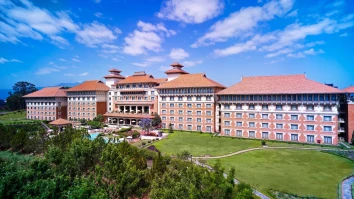
24th Apr, 2017
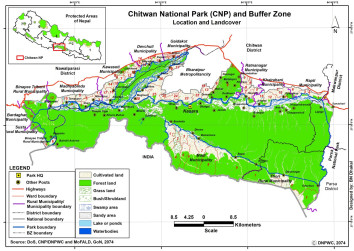
3rd Apr, 2014

3rd Jun, 2017

20th Jan, 2017

16th Jan, 2017
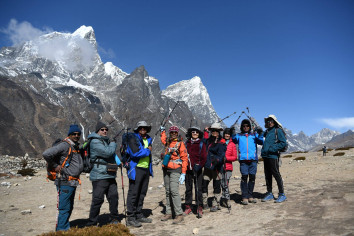
12th Jul, 2015

9th Apr, 2019
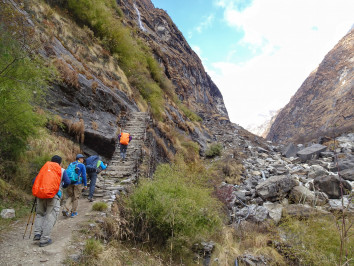
9th Jan, 2014
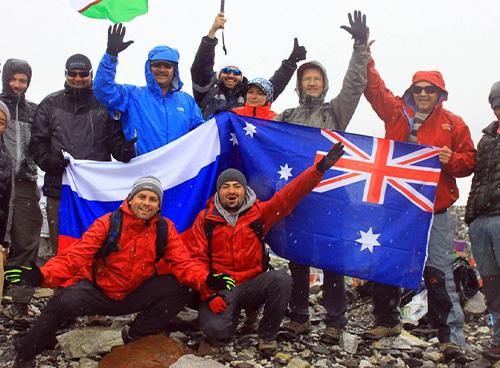
4th Apr, 2019
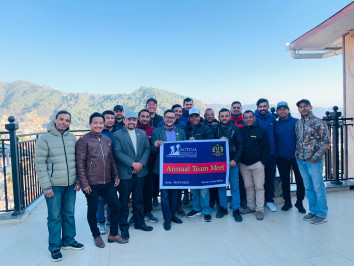
2nd Jan, 2014

2nd Apr, 2019

2nd Jan, 2014
-1.jpg)
30th Jan, 2017
-1.jpg)
4th Oct, 2018

16th Oct, 2018

9th Oct, 2018

24th Jan, 2016

4th Oct, 2018
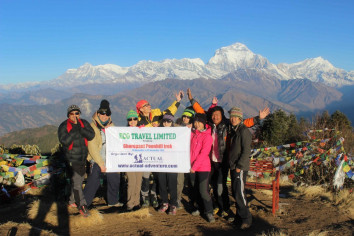
24th Aug, 2022

8th Sep, 2022

15th Sep, 2022
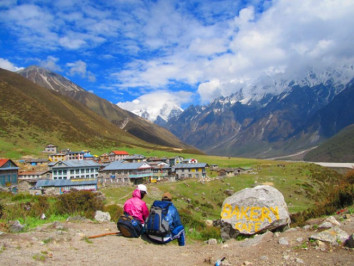
3rd Mar, 2023
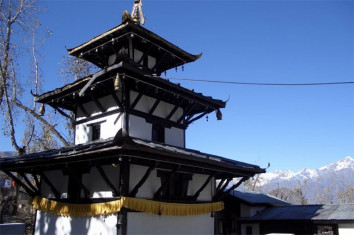
7th Mar, 2023
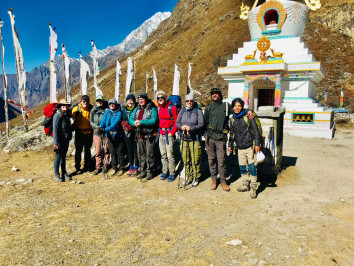
27th Mar, 2023

5th Apr, 2023

12th Apr, 2023
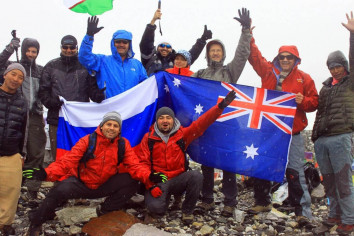
21st Apr, 2023

24th Apr, 2023
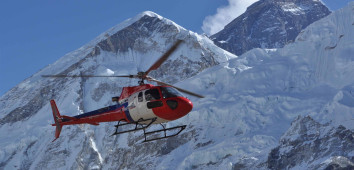
27th Apr, 2023

1st May, 2023
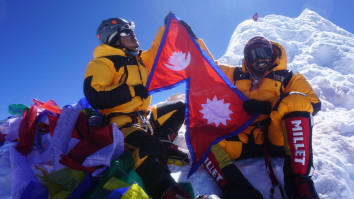
1st May, 2023
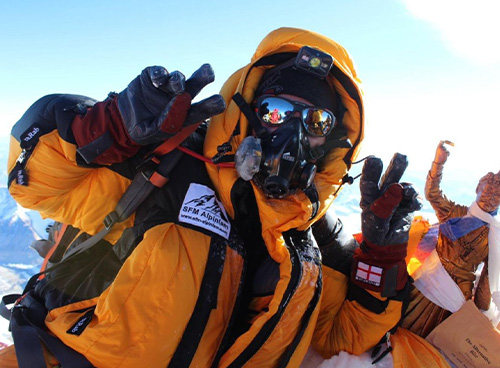
3rd May, 2023
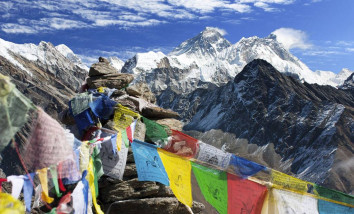
18th May, 2023
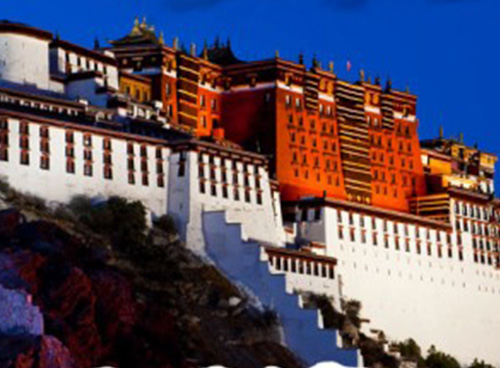
19th May, 2023

16th Jul, 2023

16th Jul, 2023
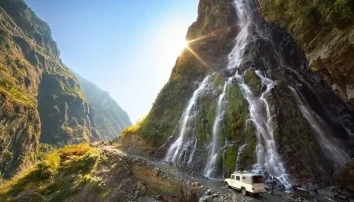
16th Jul, 2023
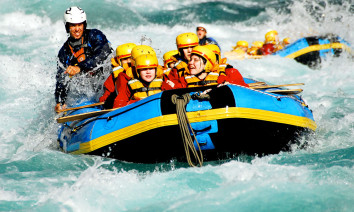
16th Jul, 2023

17th Jul, 2023

17th Jul, 2023

17th Jul, 2023

17th Jul, 2023

17th Jul, 2023

17th Jul, 2023

17th Jul, 2023

20th Jul, 2023
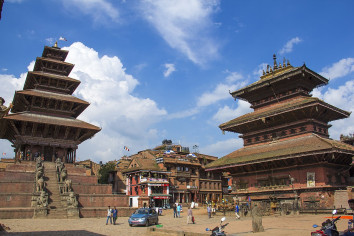
21st Jul, 2023

27th Jul, 2023
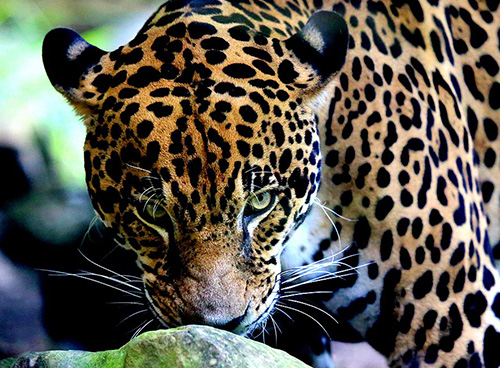
30th Jul, 2023
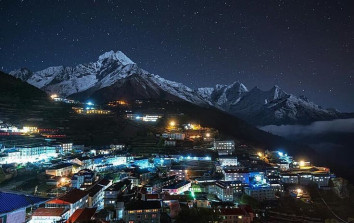
30th Jul, 2023

21st Aug, 2023
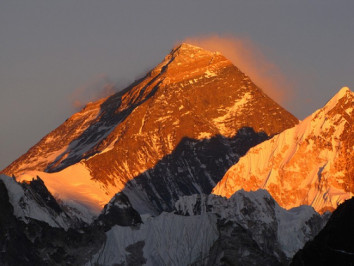
22nd Aug, 2023
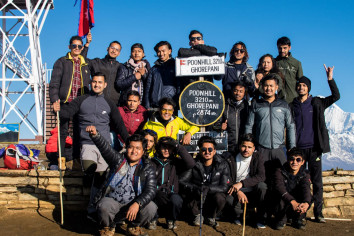
28th Aug, 2023
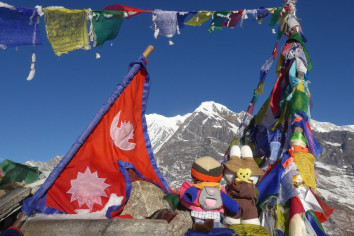
6th Oct, 2023

5th Nov, 2023

7th Nov, 2023

19th Nov, 2023
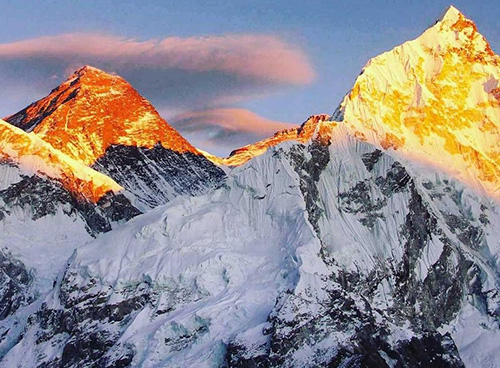
25th Nov, 2023

1st Dec, 2023
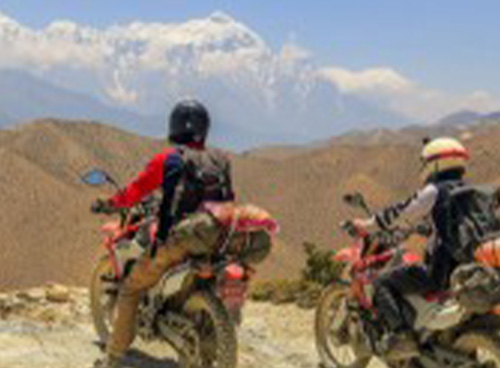
3rd Dec, 2023

13th Dec, 2023
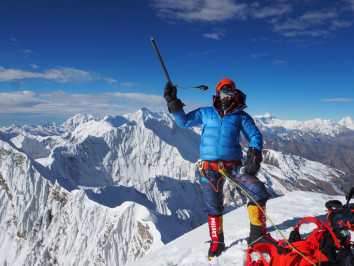
13th Dec, 2023
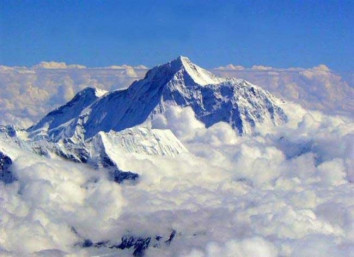
13th Dec, 2023

21st Dec, 2023

21st Dec, 2023

23rd Dec, 2023
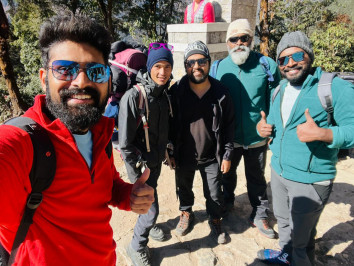
25th Dec, 2023

25th Dec, 2023

31st Dec, 2023
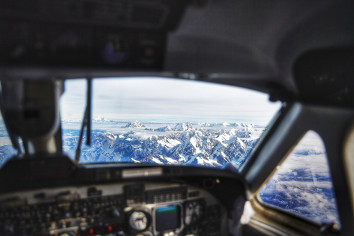
31st Dec, 2023
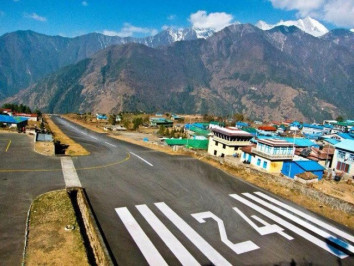
31st Dec, 2023

1st Jan, 2024
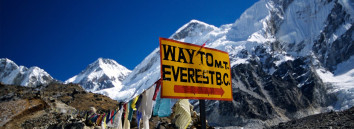
2nd Jan, 2024
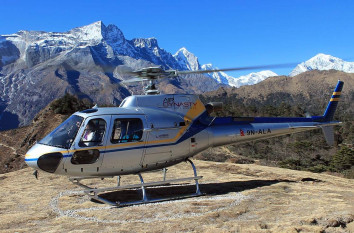
2nd Jan, 2024
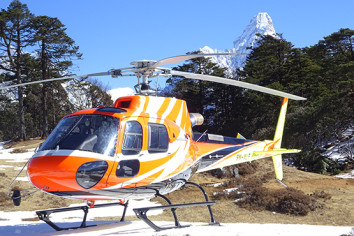
2nd Jan, 2024

3rd Jan, 2024
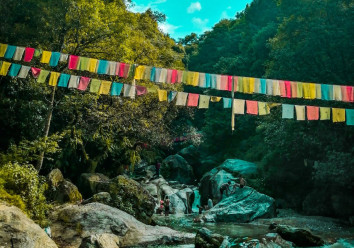
4th Jan, 2024
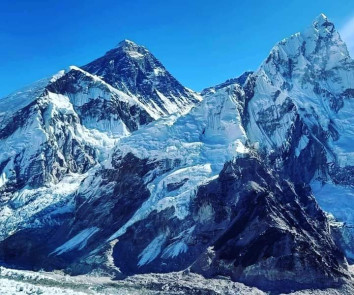
4th Jan, 2024
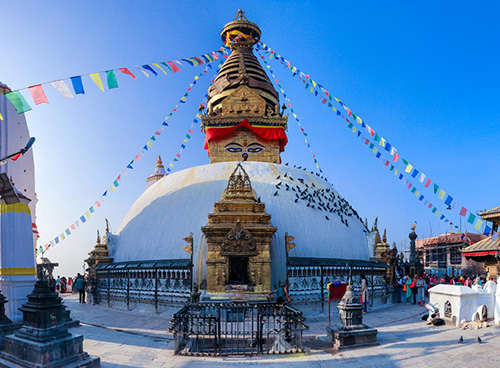
4th Jan, 2024
.jpg)
4th Jan, 2024

4th Jan, 2024

4th Jan, 2024

5th Jan, 2024

6th Jan, 2024

6th Jan, 2024

9th Jan, 2024

10th Jan, 2024
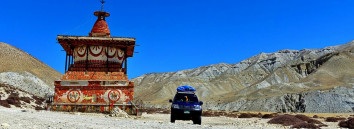
10th Jan, 2024
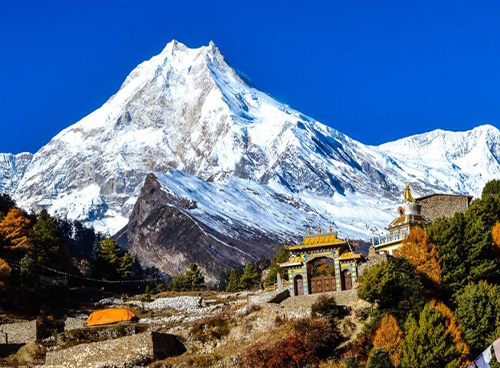
10th Jan, 2024

10th Jan, 2024
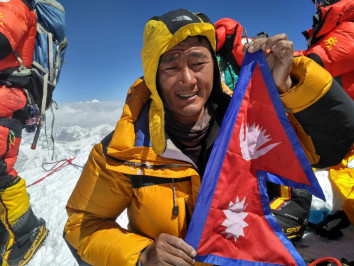
11th Jan, 2024
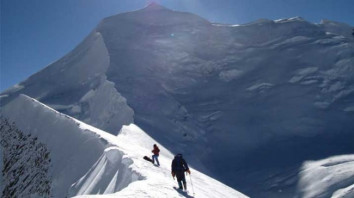
11th Jan, 2024

12th Jan, 2024

12th Jan, 2024
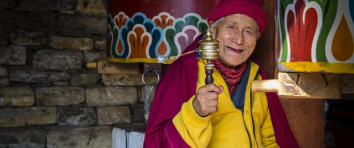
13th Jan, 2024
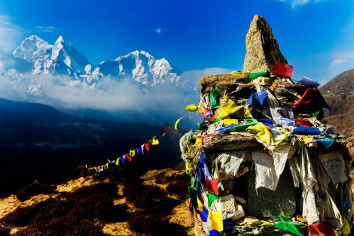
14th Jan, 2024
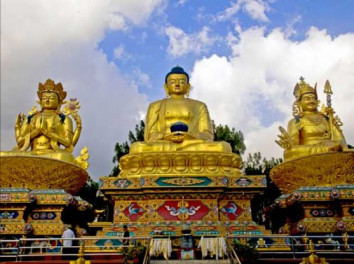
14th Jan, 2024

15th Jan, 2024
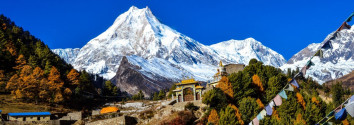
15th Jan, 2024

15th Jan, 2024

16th Jan, 2024
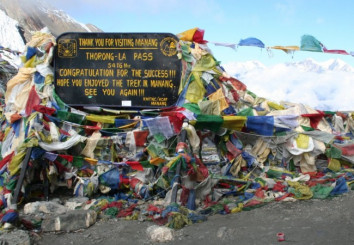
16th Jan, 2024
.jpg)
16th Jan, 2024

16th Jan, 2024
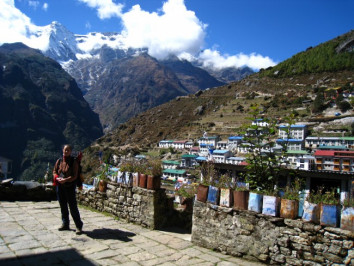
18th Jan, 2024
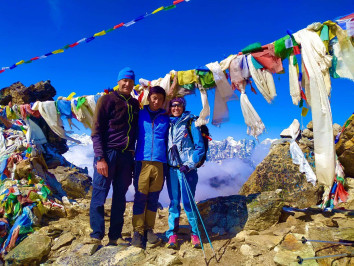
24th Jan, 2024
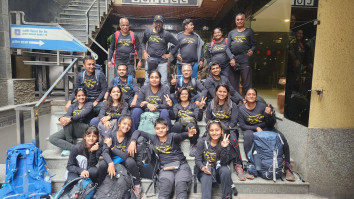
26th Jan, 2024
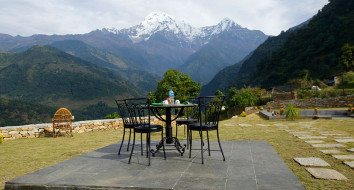
28th Jan, 2024
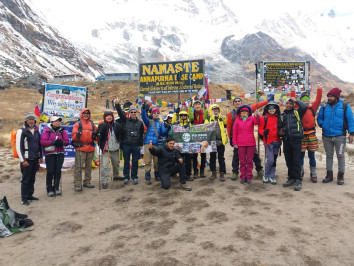
28th Jan, 2024

30th Jan, 2024
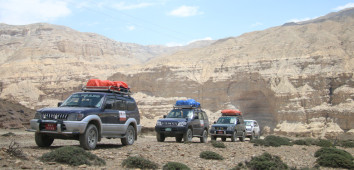
30th Jan, 2024
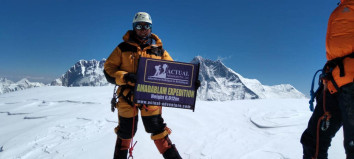
2nd Feb, 2024

2nd Feb, 2024

2nd Feb, 2024
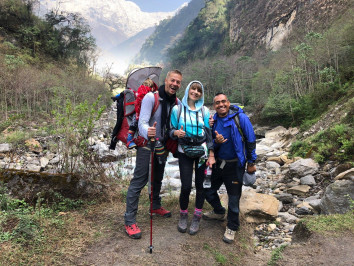
3rd Feb, 2024
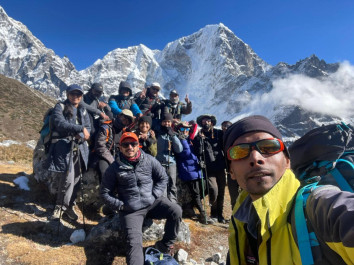
4th Feb, 2024

8th Feb, 2024

9th Feb, 2024

10th Feb, 2024
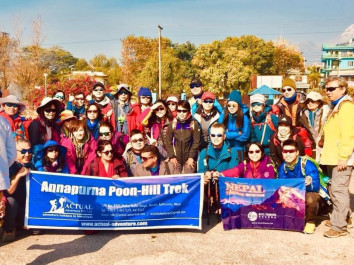
10th Feb, 2024
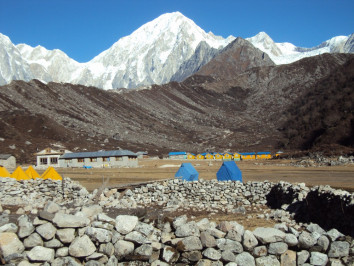
11th Feb, 2024

12th Feb, 2024
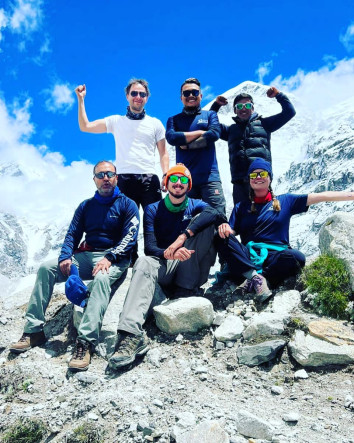
12th Feb, 2024

13th Feb, 2024

13th Feb, 2024

16th Feb, 2024

18th Feb, 2024

20th Feb, 2024
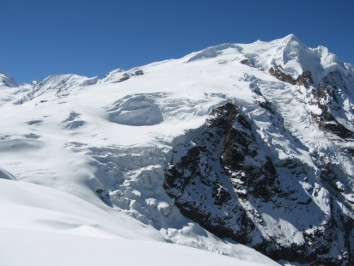
21st Feb, 2024
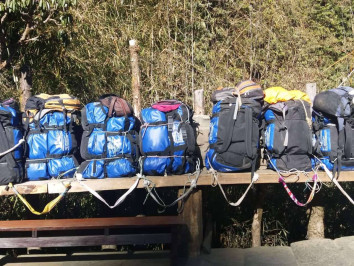
21st Feb, 2024

27th Feb, 2024
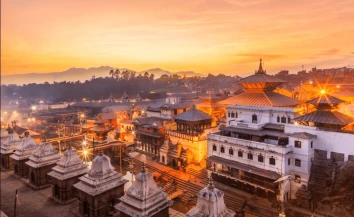
3rd Mar, 2024

3rd Mar, 2024
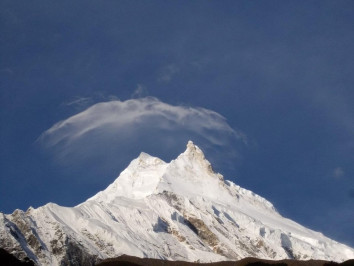
4th Mar, 2024
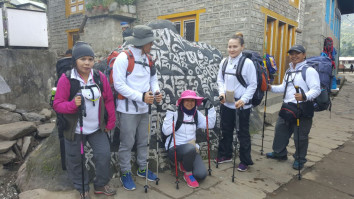
5th Mar, 2024
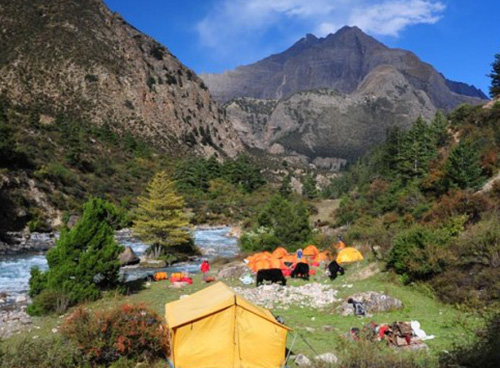
5th Mar, 2024

10th Mar, 2024

10th Mar, 2024

10th Mar, 2024
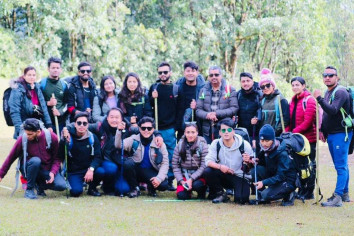
11th Mar, 2024

13th Mar, 2024

13th Mar, 2024
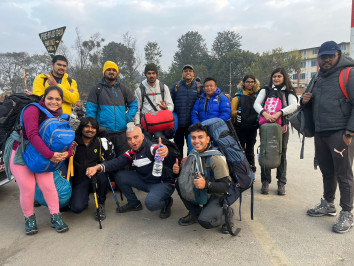
19th Mar, 2024
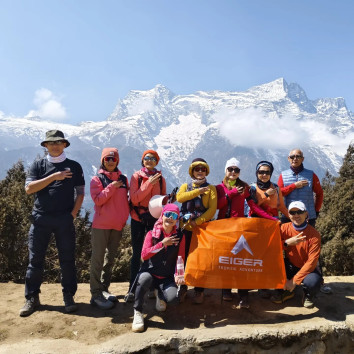
22nd Mar, 2024

26th Mar, 2024

27th Mar, 2024

27th Mar, 2024

27th Mar, 2024
-1624864292-1.jpg)
28th Mar, 2024

2nd Apr, 2024

2nd Apr, 2024

4th Apr, 2024
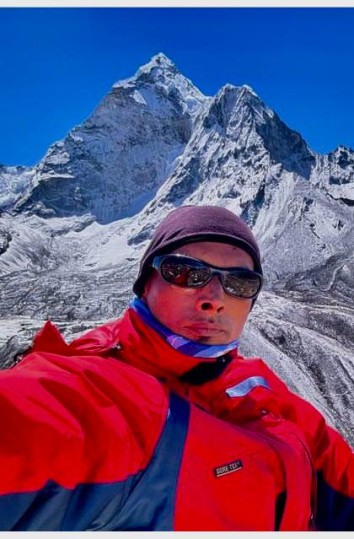
12th Apr, 2024
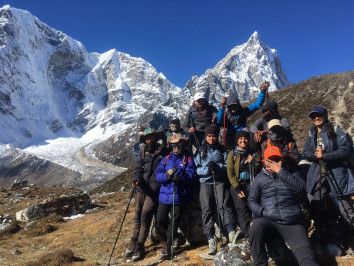

.jpg)
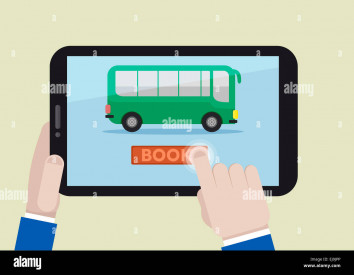

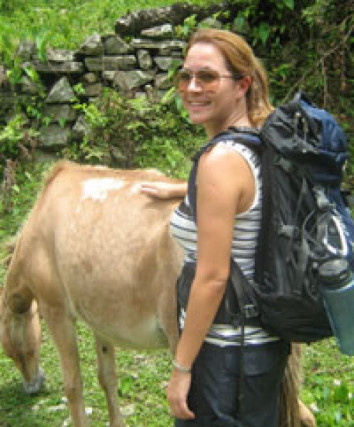
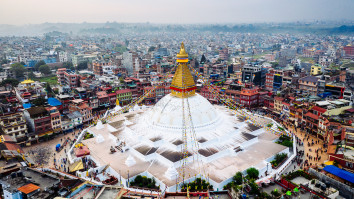
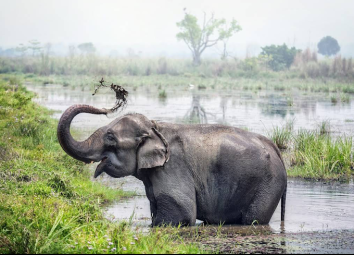


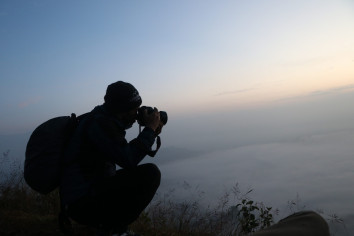


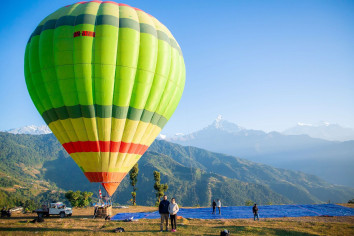






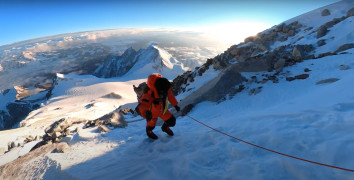
.jpg)
